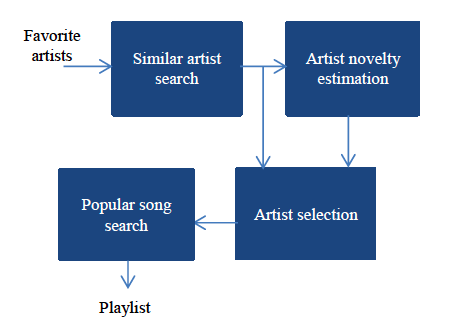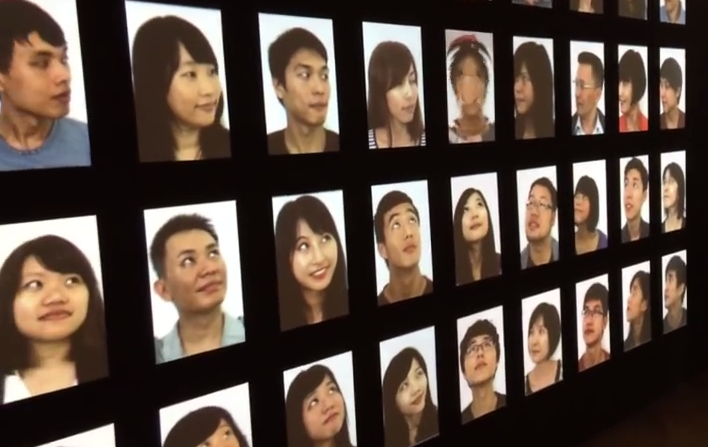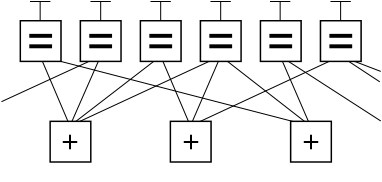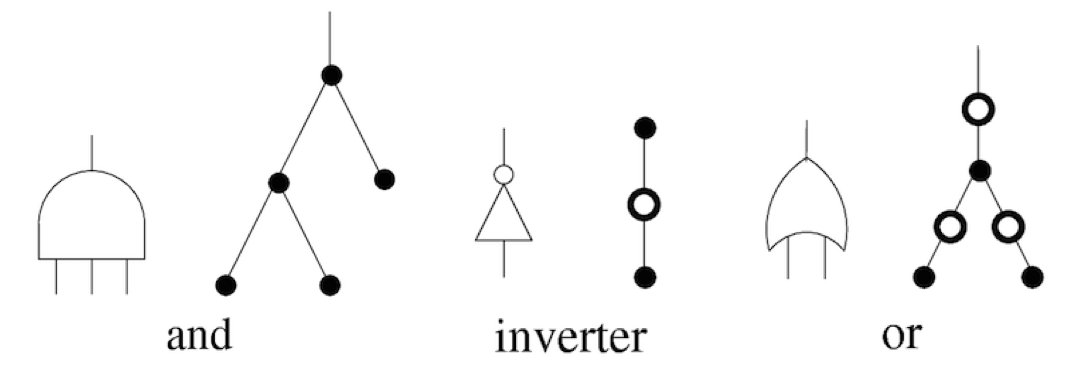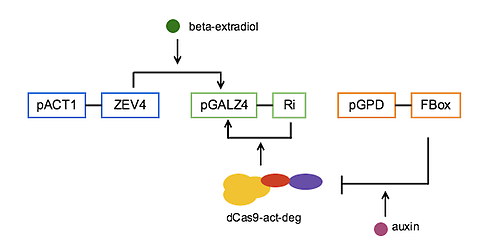
CRISPR-based Bistable Switch
The genetic bistable switch is a fundamental element forming a memory unit in synthetic gene circuit. I am building a genetic bistable switch with the CRISPR/dCas9 system. In the bistable switch, ZEV4, a beta-extradiol sensitive activator, can bind to the promoter pGALZ4 and then activate the synthesis of small guide RNA Ri; the dCas9 protein fused with activator VP64 and degron, which can be degraded by FBox protein in the presence of auxin, is guided to the targeting site on pGALZ4 by Ri to activate pGALZ4, forming a positive feedback loop. The positive feedback loop can be turned off in the presence of auxin. CRISPR/dCas9 system makes the bistable switch more modular, so that it can be used as a block when building larger gene circuits.
